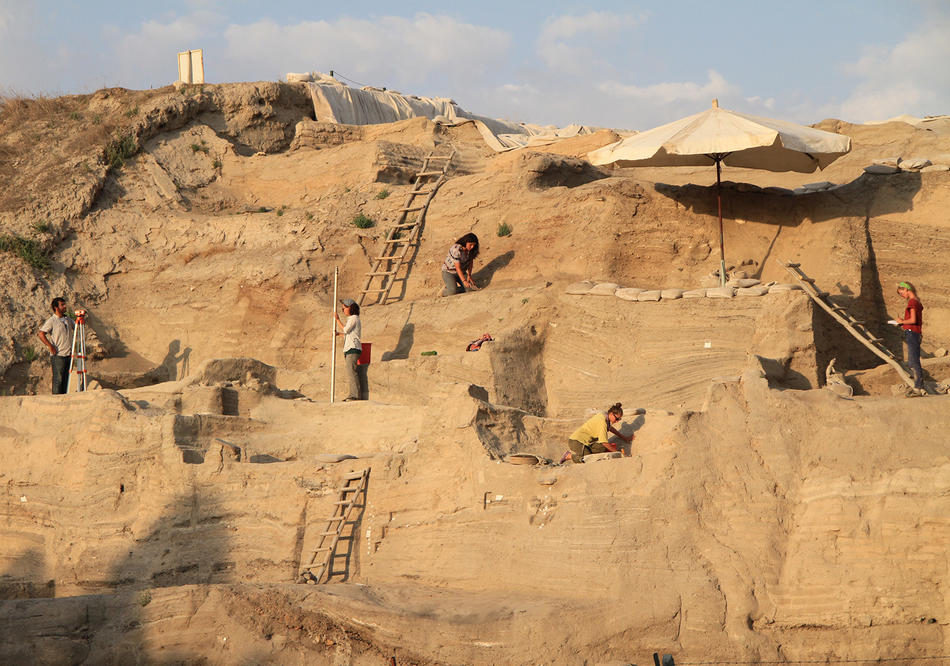Jordan Abell, a graduate student at Columbia’s Lamont-Doherty Earth Observatory, has used an unusual form of evidence to pinpoint when people in ancient Turkey began raising animals for food: urine residue preserved in sand. His study, written with colleagues from the Universities of Arizona and Tübingen, reveals that the numbers of humans, sheep, and goats at a settlement near the modern city of Aksaray increased dramatically some ten thousand years ago. The paper suggests that Middle Easterners may have given up hunting and gathering over a period of just three hundred years — more abruptly than previously thought.
The transition to farming, or the Neolithic Revolution, is considered a turning point in human history. But scientists are still working out the details of how and when it took place. Abell’s study, in addition to illuminating the pace of the change, adds to mounting evidence that the revolution did not have a single birthplace in the Fertile Crescent, to the south of Turkey, as some scientists have argued, but rather occurred in several locations simultaneously.



